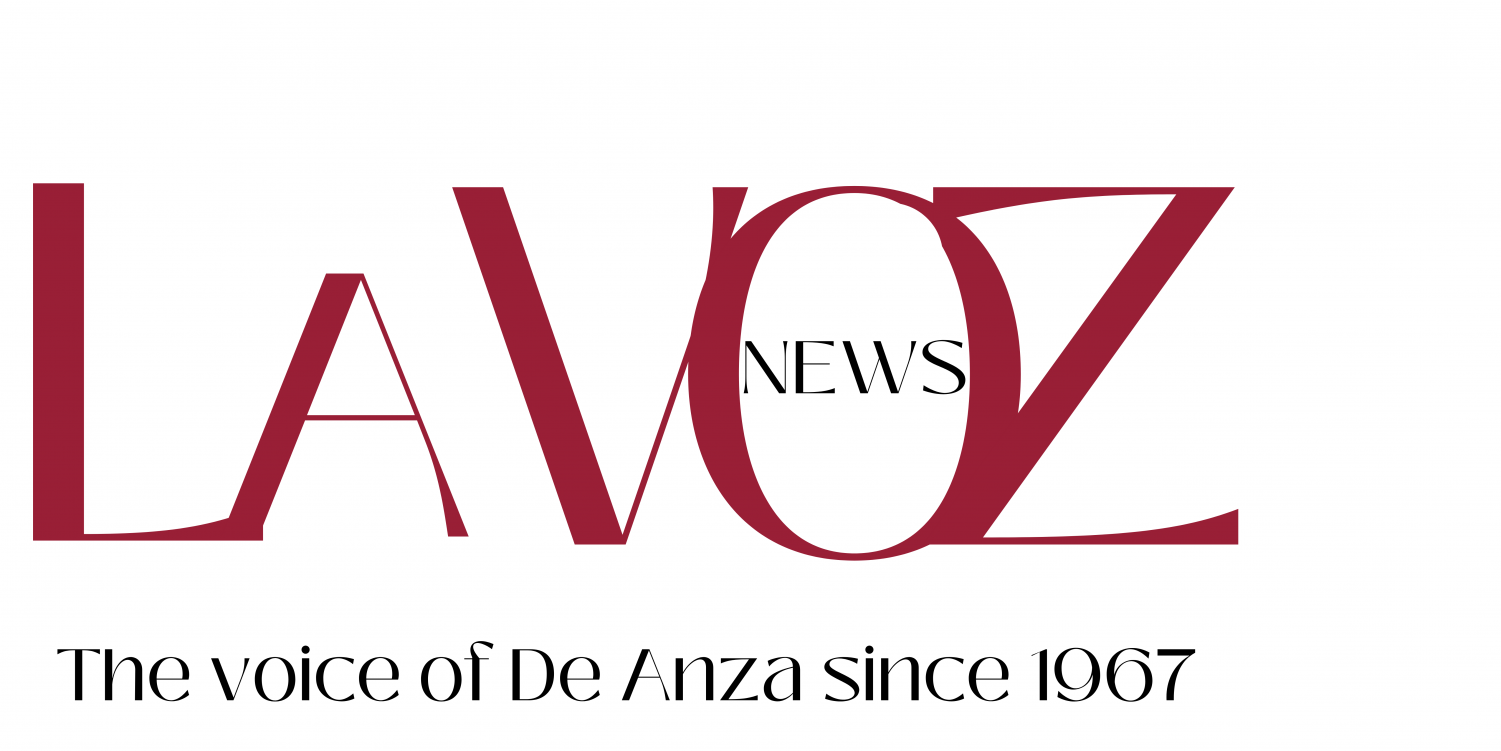When a professor or student brings up the word “AI” you may think of something like ChatGPT or the hundreds of image AI sites that are just one Google search away, but you’ve most likely been using AI for much longer than you think.
AI has become prominent at schools, and some of the most popular ones include ChatGPT, a software that can type up full length essays in seconds, and QuizMate, which allows for its user to easily cheat on Canvas quizzes and tests.
Chesa Caparas, 47, English professor, says that Grammarly is the most common AI tool being utilized by students. Grammarly, a free software, can be installed to help edit and suggest corrections as you type. For many students, this may be a slippery slope.
“It just makes them sound robotic,” said Caparas. “Tools like Grammarly are good if you have a good foundation of writing beforehand.”
Caparas does not advocate against the use of AI; however, she stated that students “use AI poorly.”
Mary Cudahy, 53, English professor at De Anza College, is more focused on ChatGPT and worries that students aren’t using it to its fullest potential.
“It can be used cautiously if students research beforehand,” said Cudahy. “But they need to sift through the false information.”
Cudahy also said that it’s up to the teachers to future-proof against the new AI surge.
“Professors need to find new assignments that AI can’t do,” Cudahy said.
Such anxieties are not only shared by the faculty members but also by current students.
Grace Arenas, 24, biology major, said she doesn’t use any AI tools.
“I know professors are really strict on AI use,” said Arenas. “I would rather not risk using it.”
Though some of the faculty and students view the use of AI as an easy way out, they both share the viewpoint that AI tools can be beneficial to students and learning if it’s used properly. It’s a strong possibility, however, that many students do not use it properly.

















